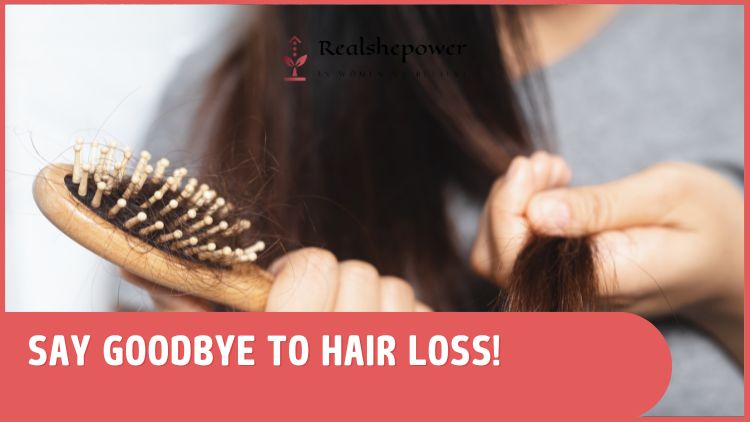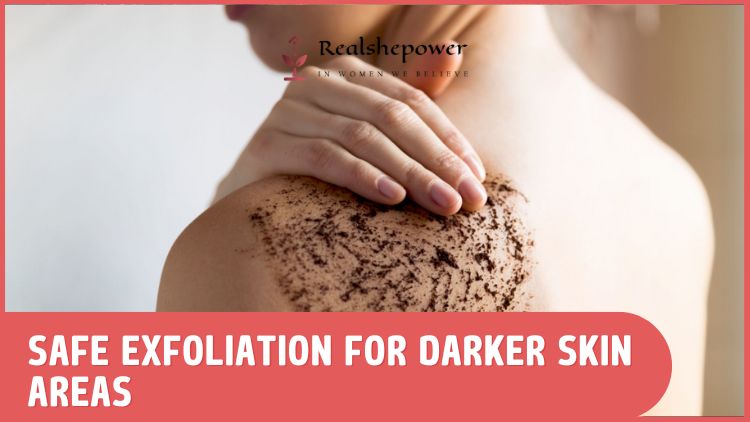How Long Does Laser Hair Removal Last?
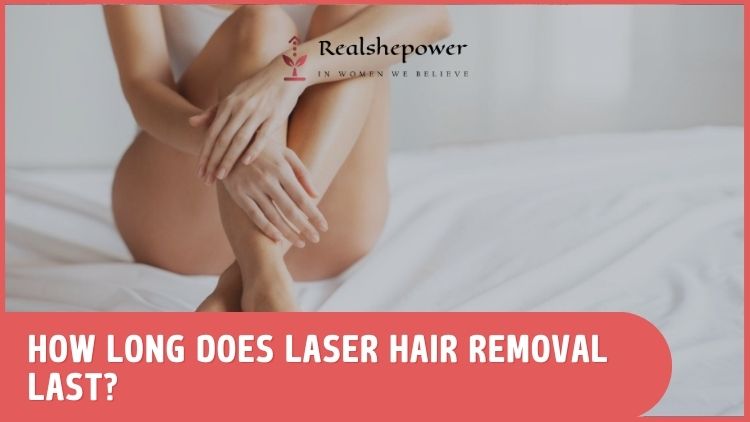

Introduction
Say goodbye to tedious and temporary hair removal methods! Laser hair removal has emerged as a popular choice for individuals seeking a more permanent solution. By targeting the hair follicles with concentrated beams of light, this procedure aims to reduce hair growth significantly. However, understanding the duration of the results can be crucial in determining whether this treatment is the right choice for you. Let’s embark on this enlightening quest to unravel the truth about how long laser hair removal lasts.
Table of Contents
Factors Influencing the Duration of Laser Hair Removal
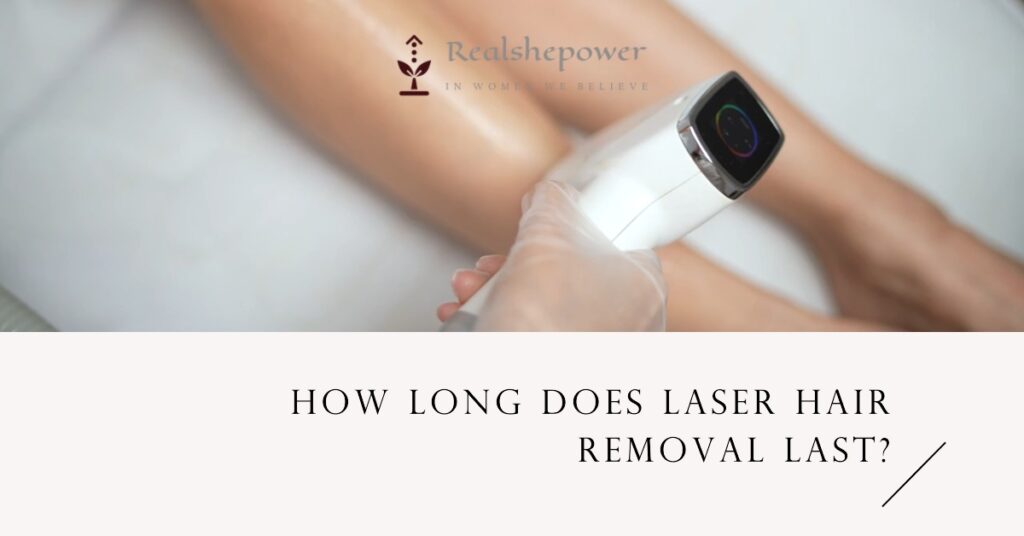
When it comes to the duration of laser hair removal, several factors come into play. Understanding these factors is crucial in managing expectations and determining the effectiveness and longevity of the treatment. Let’s dive deeper into the key elements that influence how long laser hair removal lasts.
1. Skin and Hair Type
The interaction between the laser and your skin and hair plays a significant role in the success and durability of laser hair removal. Different skin tones and hair colors absorb light differently, which means that the type of laser used and the settings applied during the treatment may vary.
- Skin Type: The Fitzpatrick scale categorizes skin into different types based on its response to UV radiation. Generally, individuals with lighter skin tones, such as Type I to III, tend to be ideal candidates for laser hair removal. This is because the laser can more effectively target the hair follicles without excessive absorption by the surrounding skin.
- Hair Color: Laser hair removal works best on dark, coarse hair. The laser’s energy is absorbed by the pigment (melanin) in the hair follicle, damaging it and hindering future hair growth. Dark hair contains more melanin, allowing for better absorption of the laser’s energy. However, advancements in laser technology have made it possible to treat lighter hair colors, although multiple sessions may be required to achieve satisfactory results.
2. Treatment Area
The size and location of the treatment area can impact the duration and effectiveness of laser hair removal. Larger areas typically require more sessions and may have different response rates compared to smaller, more concentrated areas.
- Large Areas: Treatment areas such as the legs, back, or chest cover a larger surface area and may have a higher number of hair follicles. Due to the variability in hair growth cycles, multiple sessions are often necessary to target the hair during its active growth phase effectively. This ensures that all hair follicles are treated and results in long-lasting smoothness.
- Small Areas: Areas like the upper lip, underarms, or bikini line tend to have smaller treatment areas and fewer hair follicles. Since the density of hair is lower in these regions, achieving desired results may require fewer sessions compared to larger areas.
3. Hair Growth Cycle
Understanding the hair growth cycle is vital in comprehending the duration and effectiveness of laser hair removal. Hair growth occurs in three distinct phases:
- Anagen Phase (Active Growth): During this phase, the hair follicle is actively producing hair. Laser hair removal is most effective when the hair follicles are in the anagen phase since the laser can target the actively growing hair. However, not all hair follicles are in this phase simultaneously. Therefore, multiple sessions are necessary to catch the hair in different stages of the growth cycle and effectively reduce its growth.
- Catagen Phase (Transition): This phase marks the transition between the anagen and telogen phases. The hair follicle shrinks, detaches from the blood supply, and stops growing.
- Telogen Phase (Resting): The hair follicle is in a resting phase, and the hair strand is no longer growing. Eventually, the old hair sheds, and a new hair begins to grow in its place.
Since laser hair removal is most effective during the anagen phase, it is crucial to undergo multiple sessions spaced apart to target hair follicles in different stages of the growth cycle. This ensures that the maximum number of hair follicles are treated and leads to longer-lasting results.
4. Hormonal Factors
Hormonal changes can have a significant impact on hair growth and the efficacy of laser hair removal. Fluctuations in hormone levels can affect hair thickness, density, and growth patterns. Hormonal imbalances, such as those experienced during pregnancy, menopause, or polycystic ovary syndrome (PCOS), may lead to increased hair growth and the need for additional maintenance sessions.
It is important to discuss any hormonal conditions or medications you are taking with your practitioner, as these factors can influence the duration and effectiveness of the treatment.
5. Individual Response and Lifestyle Factors
Individual responses to laser hair removal can vary, and lifestyle factors can influence the duration of the treatment’s effectiveness. Here are a few additional factors to consider:
- Genetic Predisposition: Genetic factors can affect hair growth patterns, thickness, and density. Your genetic makeup may influence the response of your hair follicles to laser hair removal.
- Sun Exposure: Excessive sun exposure can increase the risk of complications and interfere with the treatment’s effectiveness. It is essential to avoid sun exposure before and after laser hair removal sessions and to use sunscreen regularly to protect your skin.
- Medications: Certain medications can affect hair growth or make your skin more sensitive to light. Inform your practitioner about any medications you are taking to ensure the safety and efficacy of the treatment.
- Aftercare: Following the recommended aftercare instructions provided by your practitioner is crucial in maximizing the longevity of the results. This may include avoiding sun exposure, exfoliating the treated area, and using moisturizers or soothing creams as advised.
The Process of Laser Hair Removal: A Step-by-Step Guide to Smoothness
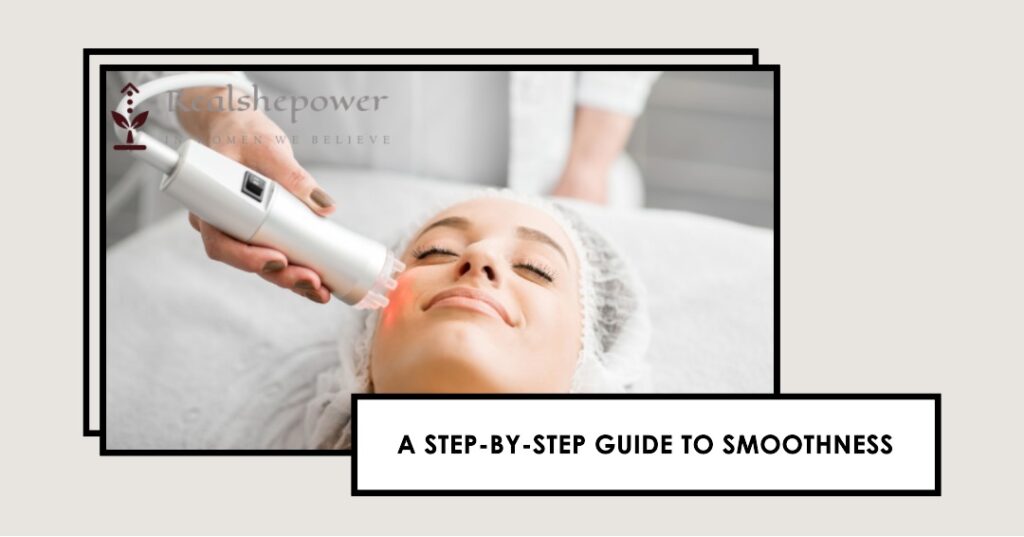
Laser hair removal has gained popularity as a more permanent solution for unwanted hair. To understand how long the results last, it’s crucial to have a clear understanding of the process itself. Let’s dive into the step-by-step guide of laser hair removal to gain a comprehensive perspective.
1. Consultation
The journey begins with a consultation with a qualified professional. During this initial step, the practitioner assesses your skin and hair type, medical history, and any specific concerns you may have. This consultation is essential to determine whether you are an ideal candidate for laser hair removal and to design a personalized treatment plan that suits your unique needs.
2. Preparation
Prior to your laser hair removal session, some preparations may be necessary. It is advisable to avoid sun exposure, including tanning beds, as tanned skin can be more susceptible to adverse effects. Additionally, you may be advised to refrain from waxing, plucking, or using depilatory creams for a few weeks before the treatment. Shaving the treatment area a day or two prior to the session is usually recommended to ensure the laser targets the hair follicles effectively.
3. Protection
To safeguard your eyes from the laser light, both the patient and the practitioner wear protective eyewear during the treatment. Safety is of utmost importance in any laser procedure, and taking precautions ensures a comfortable and risk-free experience.
4. Treatment
Once all the necessary preparations are in place, it’s time to proceed with the laser hair removal treatment. You will be positioned comfortably, and the practitioner will begin by adjusting the laser equipment according to your specific skin and hair type. The handheld laser device emits concentrated beams of light, which are absorbed by the pigment in the hair follicles.
5. Cooling Measures
To enhance your comfort during the procedure, modern laser devices often incorporate cooling mechanisms. This may include a cooling gel applied to the treatment area or a built-in cooling system within the laser device itself. These measures help to alleviate any potential discomfort or heat sensation during the treatment.
6. Pulses of Light
The practitioner moves the laser device across the treatment area, delivering precise pulses of light. These pulses target the hair follicles, heating them to a point where they become damaged and unable to produce new hairs. The duration of the treatment can vary depending on the size of the area being treated, with smaller areas such as the upper lip taking just a few minutes, while larger areas like the legs may require more time.
7. Post-Treatment Care
Once the laser hair removal session is complete, you may experience some temporary redness, mild swelling, or a sunburn-like sensation in the treated area. This is normal and typically subsides within a few hours to a couple of days. Applying aloe vera gel or a cooling cream recommended by your practitioner can help soothe the skin. It is crucial to follow any aftercare instructions provided, which may include avoiding sun exposure, wearing sunscreen, and avoiding hot baths or activities that may cause excessive sweating.
8. Repeat Sessions
Laser hair removal is most effective when performed in multiple sessions. The exact number of sessions required varies depending on factors such as hair density, hair color, and the area being treated. On average, six to eight sessions are recommended for optimal results, with intervals of a few weeks between each session. This ensures that the laser targets the hair follicles in different stages of the growth cycle, maximizing the effectiveness of the treatment.
9. Maintenance and Touch-ups
After completing the initial sessions, maintenance sessions may be recommended to prolong the results. These sessions are typically scheduled every few months or as needed, based on individual hair regrowth. Regular touch-up sessions can help address any hair that may have regrown or become finer over time, ensuring that your skin remains smooth and hair-free for an extended period.
It’s important to note that the process and experience may vary slightly depending on the clinic, the specific laser device used, and the expertise of the practitioner. Therefore, it is crucial to choose a reputable and experienced professional who uses state-of-the-art equipment to ensure the best results and a safe treatment experience.
How Long Does Laser Hair Removal Last?: The Verdict

Now, the moment you’ve been waiting for – how long does laser hair removal actually last? While laser hair removal offers a more permanent reduction in hair growth compared to traditional methods, it’s important to note that it doesn’t guarantee complete and permanent hair removal. However, it can significantly reduce hair growth, resulting in smooth, hair-free skin for an extended period. The duration of these results can vary from person to person based on several factors.
1. Number of Sessions
Laser hair removal typically requires multiple sessions to achieve the best outcomes. On average, six to eight sessions spaced a few weeks apart are recommended for optimal results. The number of sessions needed can depend on individual factors such as hair density, hair color, and the treatment area.
2. Maintenance Sessions
After completing the initial sessions, maintenance sessions are often advised to prolong the results. These sessions can help address any regrowth and ensure that your skin remains hair-free for a more extended period. The frequency of maintenance sessions varies among individuals but may be scheduled every few months or as needed.
3. Individual Response
Each person’s body responds differently to laser hair removal. Factors such as hormonal changes, genetics, and underlying health conditions can influence the efficacy and longevity of the treatment. While some individuals may experience long-lasting results, others may require additional sessions or maintenance to sustain the smoothness.
FAQs about Laser Hair Removal

Is laser hair removal permanent?
Laser hair removal offers long-lasting reduction in hair growth, but it is not considered a permanent hair removal method. Results can vary, and maintenance sessions may be required to sustain the smoothness.
Does laser hair removal work on all skin and hair types?
Advancements in laser technology have made it possible to perform hair removal on a wider range of skin and hair types. However, individuals with fair skin and dark hair tend to experience the most success.
Is laser hair removal painful?
Laser hair removal may cause some discomfort during the treatment, often described as a snapping sensation or the feeling of a rubber band being flicked against the skin. However, most people tolerate the procedure well, and practitioners can provide numbing creams or cooling techniques to enhance comfort.
Is laser hair removal safe?
Laser hair removal is considered a safe procedure when performed by a trained and experienced professional. However, certain risks and side effects such as temporary skin irritation, redness, or pigmentation changes may occur. It is crucial to choose a reputable clinic and follow all pre- and post-treatment instructions for optimal safety.
How long does each laser hair removal session take?
The duration of each session depends on the treatment area and the density of hair being targeted. Sessions can range from a few minutes for smaller areas like the upper lip or underarms to over an hour for larger areas such as the legs or back.
Can laser hair removal be done on sensitive areas?
Yes, laser hair removal can be performed on sensitive areas such as the bikini line, face, or even the Brazilian area. However, it is important to choose a skilled practitioner who has experience working on delicate areas to minimize any potential risks or discomfort.
Can laser hair removal cause ingrown hairs?
Laser hair removal can actually help reduce the occurrence of ingrown hairs. As the treatment targets the hair follicles, it can help prevent hair from curling back into the skin and causing ingrown hairs, resulting in smoother and less irritated skin.
Are there any restrictions or precautions before getting laser hair removal?
Before undergoing laser hair removal, it is generally recommended to avoid sun exposure, tanning beds, and self-tanning products. Additionally, waxing, plucking, or using depilatory creams should be avoided as these methods can remove the hair follicle, which is necessary for the laser to target effectively.
Can laser hair removal be performed on all body parts?
Laser hair removal can be performed on most areas of the body, including the face, arms, legs, underarms, bikini area, chest, back, and even the buttocks. However, it is important to consult with a professional to determine the suitability of treatment for specific body parts.
Are the results of laser hair removal immediate?
The results of laser hair removal are not immediate. After each session, you may experience a gradual reduction in hair growth over time. It typically takes a few weeks to see noticeable results, and multiple sessions are required for optimal outcomes.
Remember, consulting with a qualified professional is key to addressing any specific concerns or questions you may have about laser hair removal. They can provide personalized advice and guide you through the process to ensure the best possible results.
How Long Does Laser Hair Removal Last: Quick Summary

- Laser hair removal offers a long-lasting reduction in hair growth, but it is not considered a permanent solution.
- The duration of laser hair removal results varies from person to person.
- Factors such as skin and hair type, treatment area, and individual response influence the efficacy and longevity of the treatment.
- On average, six to eight sessions spaced a few weeks apart are recommended for optimal results.
- Maintenance sessions may be necessary to address regrowth and maintain smoothness.
- Laser hair removal can be performed on a wider range of skin and hair types, although fair skin and dark hair tend to yield the best results.
- Discomfort during the treatment is common, but it is generally well-tolerated by most individuals.
- It is essential to consult a qualified professional to determine the most suitable treatment plan and discuss individual needs.
- Laser hair removal provides a promising solution for those seeking a more permanent reduction in hair growth.
In Conclusion
So, how long does laser hair removal last? While it may not provide permanent hair removal, this innovative procedure offers a long-lasting reduction in hair growth. Factors such as skin and hair type, treatment area, and individual response play a crucial role in determining the efficacy and duration of the results. By undergoing multiple sessions and adhering to maintenance schedules, you can enjoy the benefits of smooth, hair-free skin for an extended period. Consult a qualified professional to discuss your specific needs and embark on your journey to lasting smoothness through laser hair removal.
Precautionary Note
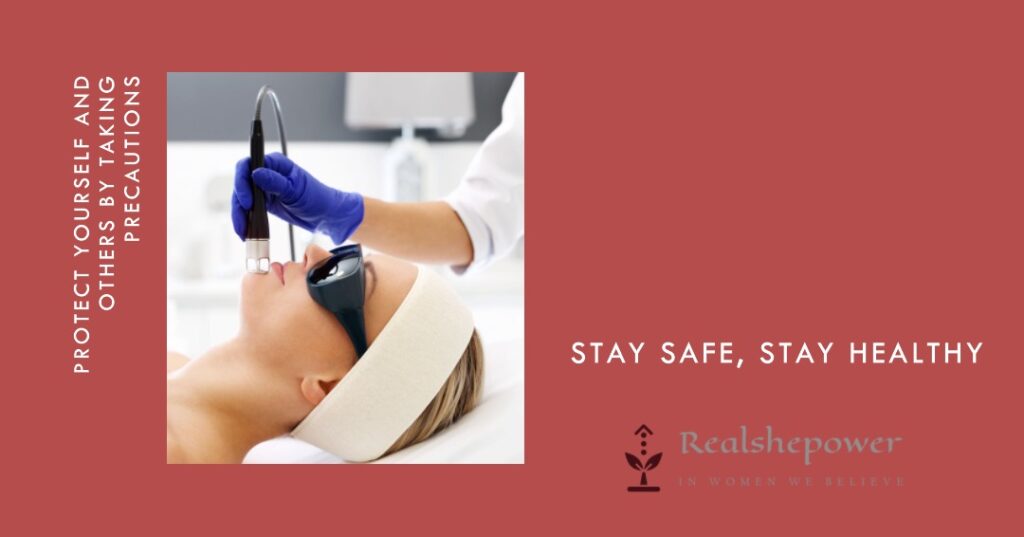
Before considering laser hair removal, it is essential to keep the following precautions in mind:
- Seek Professional Consultation: Consultation with a qualified and experienced professional is crucial before undergoing laser hair removal. They will assess your skin type, hair color, medical history, and any underlying conditions to determine if you are a suitable candidate for the procedure.
- Choose a Reputable Clinic: Select a reputable clinic with certified practitioners who specialize in laser hair removal. Research the clinic’s credentials, read reviews, and ensure they use FDA-approved equipment for maximum safety and effectiveness.
- Sun Protection: Protect your skin from excessive sun exposure before and after laser hair removal. Sunburned or tanned skin can increase the risk of side effects and compromise the effectiveness of the treatment. Use sunscreen with a high SPF and avoid tanning beds.
- Temporary Side Effects: Laser hair removal may cause temporary side effects such as redness, swelling, itching, or mild discomfort in the treated area. These usually subside within a few hours or days. Follow the post-treatment care instructions provided by your practitioner to minimize these effects.
- Proper Aftercare: Follow the aftercare instructions provided by your practitioner diligently. Avoid hot baths, saunas, rigorous exercise, and using harsh skincare products immediately after the treatment. These measures will help protect your skin and optimize the results.
- Patience and Realistic Expectations: Understand that laser hair removal requires time and multiple sessions to achieve the desired results. Hair follicles go through different growth cycles, and several treatments are needed to target them effectively. Patience and realistic expectations are key.
- Potential Risks: Although rare, laser hair removal may carry some risks, including burns, hyperpigmentation, hypopigmentation, or scarring. To minimize these risks, ensure that the treatment is performed by a skilled professional who adheres to safety protocols and follows proper guidelines.
Remember, the information provided in this article serves as a general guide and should not replace professional advice. Consult a qualified practitioner to discuss your specific circumstances and ensure laser hair removal is suitable for you.
With the right precautions and expert guidance, laser hair removal can be a transformative and long-lasting solution to unwanted hair, giving you the confidence and freedom to embrace smooth, hair-free skin.
How Much Does Laser Hair Removal Cost?
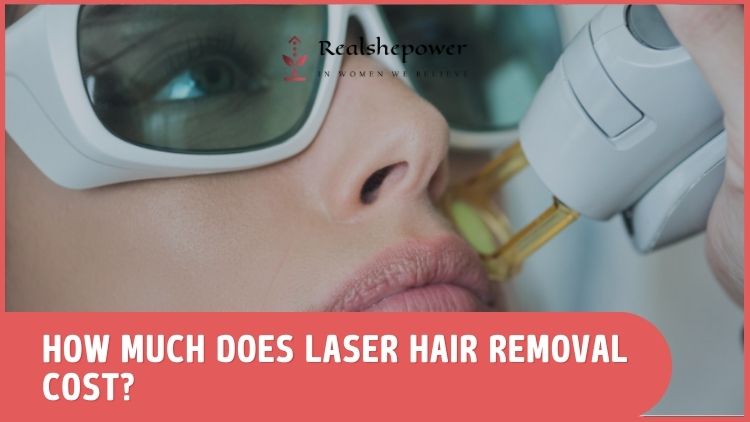
Smooth, hair-free skin is a desire shared by many, leading countless individuals on a perpetual quest for the most effective hair removal methods. While traditional methods like shaving and waxing offer temporary results, laser hair removal presents a more permanent solution. However, before embarking on this journey towards smoothness, it’s essential to understand the cost associated with laser hair removal.
How Long Does Lip Filler Last? Get the Scoop on Lip Fillers

Lip fillers have become a popular cosmetic treatment in recent years, as they offer a quick and non-invasive way to enhance the appearance of lips. With a variety of lip filler types available, it can be challenging to choose the right one for you. In this article, we will discuss lip filler types and their effects, the duration of hyaluronic acid lip fillers, factors affecting the longevity of lip fillers, maintenance and touch-up treatments, and the benefits of lip fillers over other options.
Jlo Beauty Products: A Review of the Best Products to Try for Glowing Skin

Jlo, also known as Jennifer Lopez, has been a beauty icon for decades. From her signature bronzed skin to her flawless makeup looks, she’s always been a trendsetter in the beauty world. So, it comes as no surprise that her recently launched skincare line, Jlo Beauty, has taken the industry by storm. With products ranging from cleansers to moisturizers to serums, Jlo Beauty products promises to help you achieve a Jlo-like glow from the comfort of your own home. But with so many skincare products on the market, it can be challenging to determine which ones are worth your investment. In this article, we’ll review the best Jlo Beauty Products to try for glowing skin.
You can now write for RSP Magazine and be a part of the community. Share your stories and opinions with us here.


